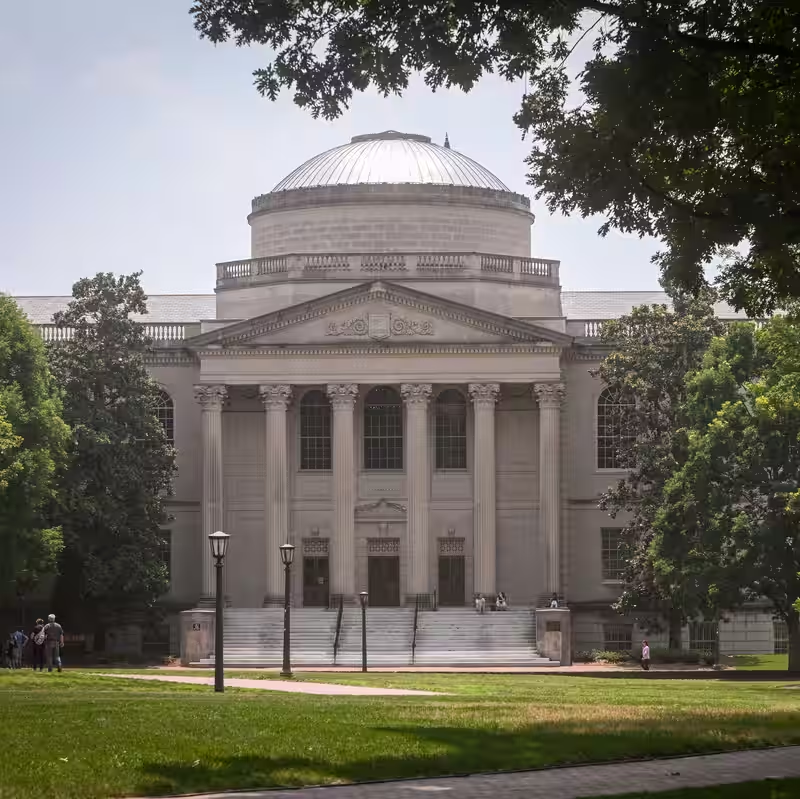Table of Contents
- The End of Race-Conscious Admissions
- The Court’s Legal Reasoning: Colorblind Constitution?
- Broader Implications Beyond College Campuses
- The Dissent: A Warning About Ignoring History
- What Comes Next for Equity Policies?
- Sources
Affirmative Action Rejected by Supreme Court
In a landmark 2023 decision that continues to reverberate through American institutions, the U.S. Supreme Court struck down race-conscious admissions at Harvard and the University of North Carolina—effectively ending affirmative action in college admissions nationwide. But the ruling’s shadow stretches far beyond campus gates, raising urgent questions about equity, history, and the future of civil rights policy.
The Court’s 6-3 decision, led by Chief Justice John Roberts, declared that using race as a factor in admissions violates the Equal Protection Clause of the 14th Amendment. “The way to stop discrimination on the basis of race is to stop discriminating on the basis of race,” Roberts wrote, echoing his 2007 stance on school integration.
Affirmative Action and the “Colorblind” Constitution
The majority opinion framed affirmative action as inherently discriminatory—even when used to increase opportunity for underrepresented groups. The justices argued that racial preferences, regardless of intent, treat applicants differently based on skin color, which they deemed unconstitutional.
Critically, the Court rejected the idea that historical or systemic inequities justify race-conscious remedies in education. Instead, it insisted that admissions must be “individualized” and “race-neutral”—even if that results in less diverse student bodies.
Key Quotes from the Decision
| Justice | Statement |
|---|---|
| Chief Justice John Roberts | “Eliminating racial discrimination means eliminating all of it.” |
| Justice Sonia Sotomayor (Dissent) | “The Court subverts the constitutional guarantee of equal protection by entrenching racial inequality.” |
| Justice Clarence Thomas | “All forms of discrimination based on race are prohibited—no exceptions.” |
Broader Implications Beyond College Admissions
While the case centered on higher education, legal experts warn it sets a precedent that could undermine other race-conscious policies—from voting rights to employment programs. In fact, the Court is now hearing a Louisiana redistricting case that directly cites the affirmative action ruling.
“Once you declare the Constitution colorblind in one context, it becomes harder to justify race-conscious remedies anywhere,” said Professor Richard Hasen of UCLA Law. “This isn’t just about Harvard—it’s about the entire framework of civil rights enforcement.”
Already, conservative litigants are challenging diversity initiatives in corporate hiring, government contracting, and even public school curricula using the same logic.
The Dissent: A Warning About Ignoring History
Justice Sotomayor’s fiery dissent argued that the majority ignored the original purpose of the 14th Amendment—which was adopted after the Civil War specifically to empower Congress to enact race-conscious laws to uplift formerly enslaved people.
“The Court today rolls back decades of precedent and momentous progress,” she wrote. “It does so not by revising the Constitution, but by refusing to see the world as it is—and as it was shaped by centuries of racial subjugation.”
She emphasized that Brown v. Board of Education didn’t demand colorblindness—it demanded justice. And justice, she argued, sometimes requires acknowledging race to correct systemic harm.
What Comes Next for Equity Policies?
Universities are scrambling to preserve diversity through “race-neutral” alternatives—like socioeconomic status, geographic diversity, or essays about overcoming adversity. But early data shows these methods fall short in replicating the racial diversity once achieved through affirmative action.
Meanwhile, Congress has introduced legislation to codify affirmative action protections, though it faces steep odds in a divided legislature. Advocacy groups are also pushing for state-level reforms and exploring legal workarounds under Title VI of the Civil Rights Act.
One thing is clear: the debate over race, fairness, and opportunity in America is far from over—it’s just entered a new, more contested phase.




